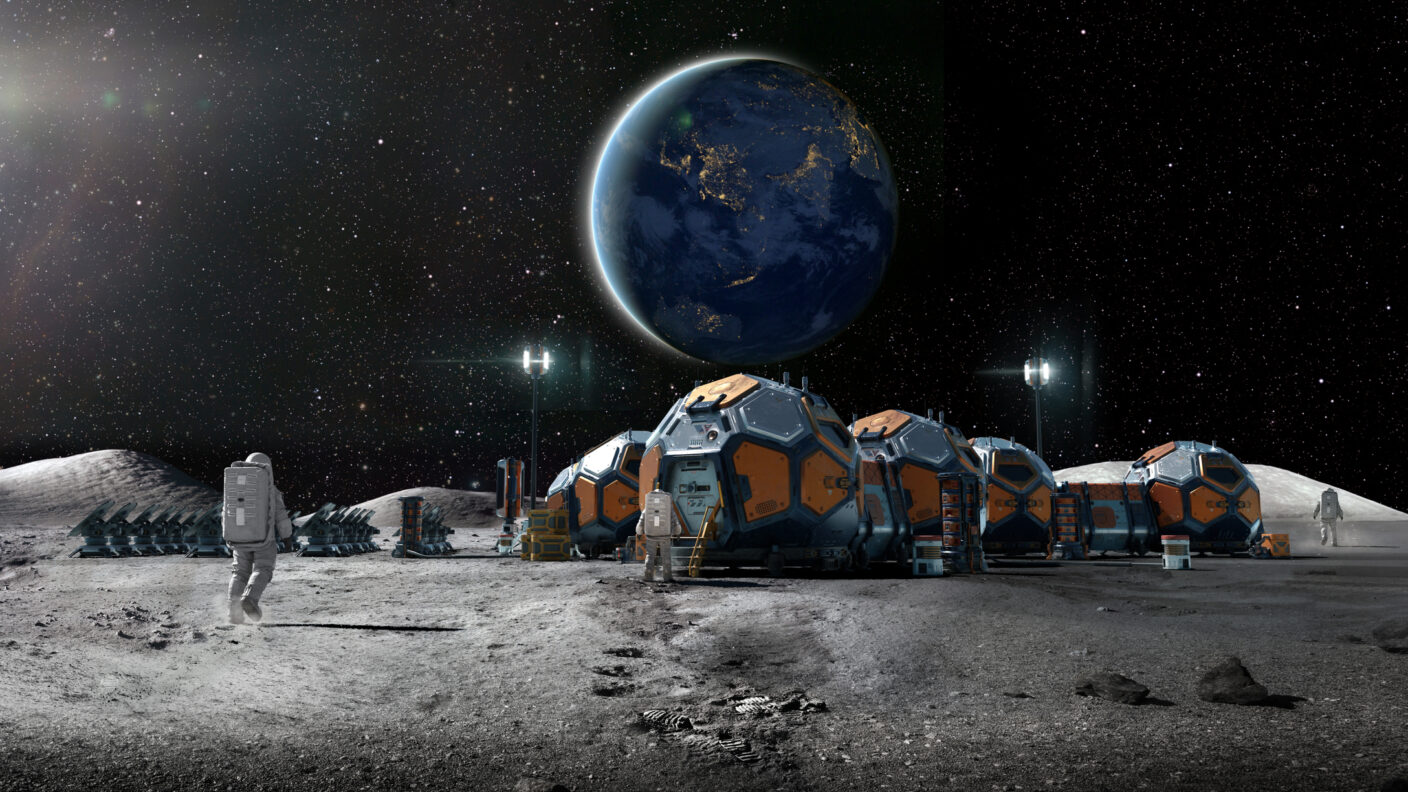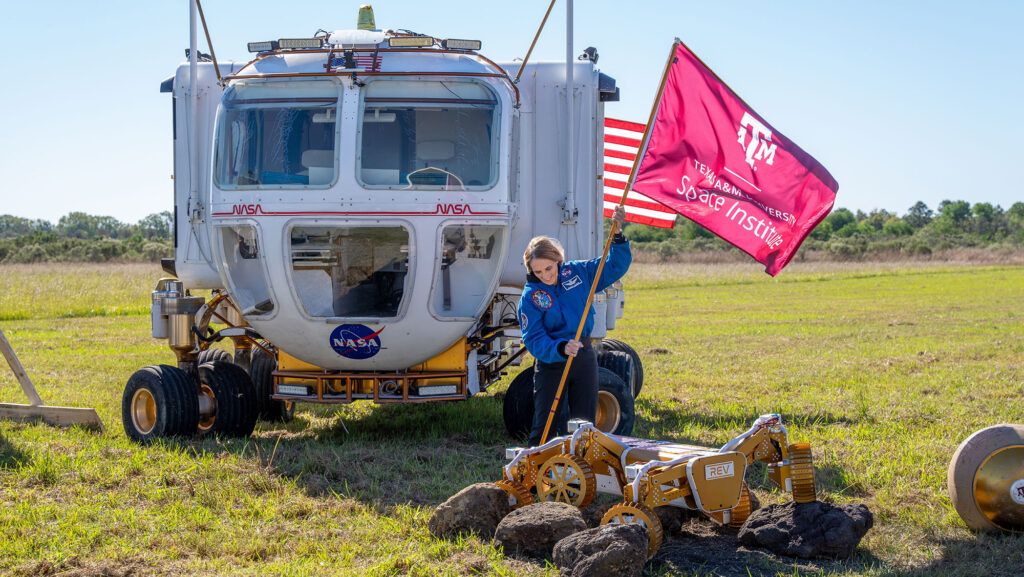The Future Of Construction On Earth Is Extraterrestrial
Construction scientists and engineers are learning lessons in space that can be applied for better construction here on the home planet.

NASA Artemis missions are working toward a near future where humans are an interplanetary species — lunar bases are planned by 2030 and a round trip to Mars in 2039.
These planet-hopping people will need buildings in which to live and work, which presents a challenge since it costs anywhere from $500,000-1 million to haul one kilogram of anything into space.
That means construction needs to happen in zero gravity, which can be challenging, to say the least:
The floating person behind the camera is Dr. Patrick Suermann, a professor of construction science in the College of Architecture, a civil and environmental engineer and a retired U.S. Air Force lieutenant colonel, whose passions combine at Texas A&M University, his alma mater.
“Texas wants to be the space state,” Suermann said. “And Texas A&M is leading the way.”
He and partners in the Texas A&M College of Engineering and at NASA are building the future of space exploration through innovative research being conducted in more than a dozen centers and labs at A&M, and soon expanding to Johnson Space Center in Houston.
In space, there’s no room for waste, inefficiency or error, so researchers like Suermann are studying how autonomous systems, robotics and advanced materials can be used to build structures on the Moon and Mars. These same technologies can be adapted to improve safety, reduce costs and increase sustainability in Earth-based construction.
Lessons From Space

Following his retirement from the Air Force, Lt. Col. Patrick Suermann returned to his alma mater to join the faculty in the College of Architecture.
Whether in zero gravity or not, construction is construction, Suermann said. He often finds himself in rooms with the nation’s top planetary physicists, computer scientists and the like. “But this is still construction. They need a ranch hand,” said Suermann, who earned his master’s in construction science from Texas A&M in 2003.
Before joining the A&M faculty in 2017, he served as an Air Force civil engineer officer for 20 years, building projects around the world in support of peacekeeping and nation-building operations. He also taught project management, leadership, engineering and building information modeling at the U.S. Air Force Academy.
“The more we can turn construction into manufacturing, the more efficient we’re going to be,” Suermann said. “The products in big box stores wouldn’t be so cheap if people hadn’t mastered efficiency in manufacturing. But because we have to build projects on site, and most of them are custom one-offs, construction projects are inefficient and expensive.”
His team’s work on 3D-printing lunar bricks has direct applications for disaster relief and remote construction on Earth. Regolith [soil and broken rock] on the Moon is considered suitable for building, so Suermann questions the feasibility of building with local materials, especially in rural or underdeveloped areas.
He also points to the need for new standards and processes. “We are designing things that are able to resist forces on the Moon and Mars,” he said. “We’re establishing new knowledge and processes that should implemented in all construction if we are to remain competitive.”
Suermann’s military background gives him a unique perspective.
“The free-market economy dictates we’re going to have to find a way to make things more profitable and productive, to take humans out of that loop of dull, dirty and dangerous construction work,” he said. “When I think about the projects we built in the military, they were remote – Greenland, Antarctica, Afghanistan, Guam. You have to put so much thought into preparation because you won’t be able to go back and get something you needed. The penultimate version of that is space construction.”
Banana-Seat Bike And Beyond
When it comes to living out childhood dreams, Suermann wins.
As a second-grader living in Satellite Beach, Florida, in the shadow of the Space Coast, he visited the Kennedy Space Center in his miniature flight suit and watched NASA launches from his backyard. In his neighborhood, he’d collect scrap wood from construction site dumpsters to build ramps for his bike. He had a “real toolbox and a real toolbelt” and spent his days launching himself skyward on his NFL-themed, banana-seat bike.
“It was real woodworking — I think I peaked in second grade,” he joked.
Now at Texas A&M, he combines his childhood passions. “I get to design with great minds in architecture and engineering, and I get to work with NASA,” he said. “It really is my childhood dream come true.”
He says his next dream is about to come to fruition as he joins planning for Texas A&M to host the international American Society of Civil Engineers 2026 Earth and Space Conference, one of the world’s foremost events in the fields of aerospace and civil engineering.

Texas A&M Professor Dr. Nancy Currie-Gregg plants a flag for the new Texas A&M University Space Institute during a groundbreaking ceremony last fall. The facility in Houston is set for completion in fall 2026.
“We want to make it the biggest ever, because it’s the 20th biennial conference, it’s Texas-sized,” he said. Learn about the conference here.
Suermann said he hopes for America’s continued investment in space research. “Let’s have America partner with the European Space Alliance and the Japanese Space Alliance and all our peaceful allies, so we can further advance science before our enemies do.”
